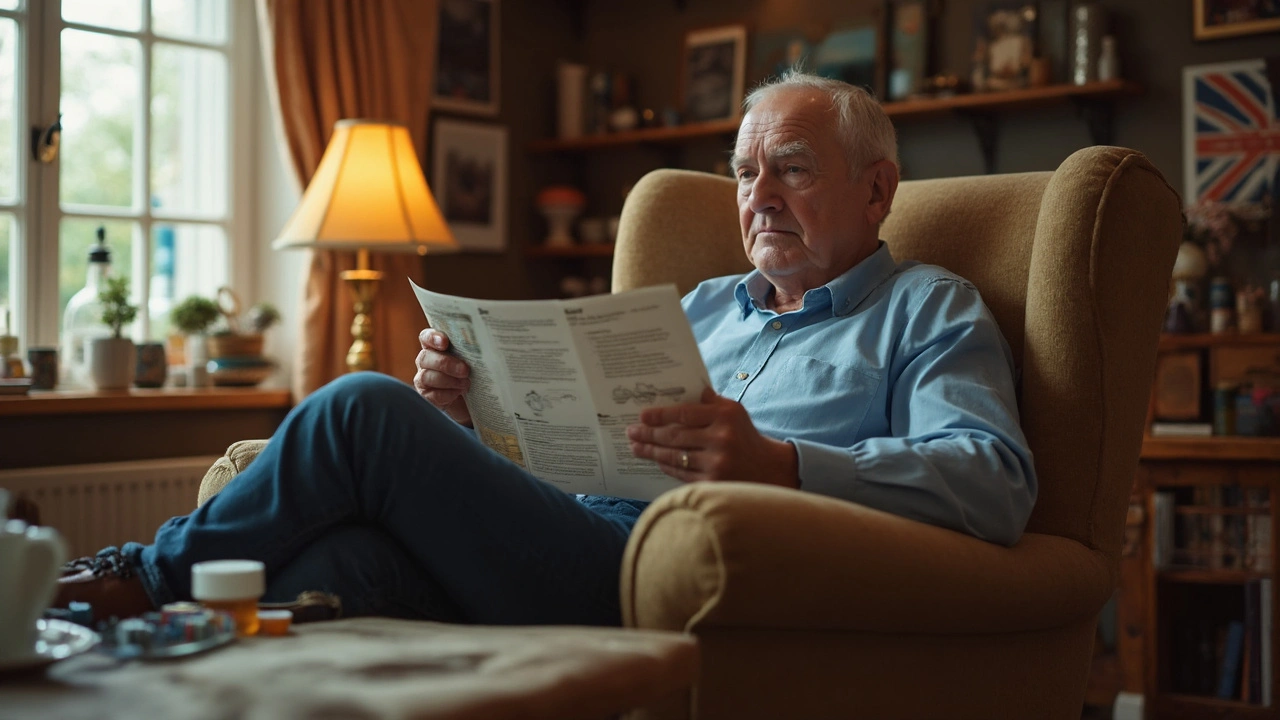Spasticity treatment: clear options to loosen tight muscles
Spasticity shows up as tight, stiff muscles after conditions like stroke, multiple sclerosis, cerebral palsy or spinal cord injury. It can make daily tasks harder, cause pain, and increase the chance of contractures. The goal? Reduce tone, ease pain, and help you do more of what matters.
Treatment usually combines medicines, procedures, and rehab. There isn’t a one-size-fits-all fix — your doctor and therapist will match options to your goals: better walking, easier dressing, or pain relief.
Medical and procedural options
Oral medications are often the first step. Baclofen relaxes muscles but can cause drowsiness and weakness. Tizanidine works well for spasm control but may make you sleepy and affect liver tests. Diazepam and other benzodiazepines calm spasms but risk dependence. Dantrolene acts at the muscle and can raise liver enzymes.
Botulinum toxin (Botox) injections target specific overactive muscles. They’re great for focal spasticity—think a tight elbow or calf—and effects last about 3–4 months. Injections are outpatient, improve ease of care, and often let therapists stretch and retrain muscle use.
For severe, widespread spasticity, an intrathecal baclofen pump delivers medicine directly to the spinal fluid with smaller doses and fewer systemic side effects. It’s an implanted device that needs occasional refills and monitoring for infection or mechanical problems.
Some people benefit from surgery in selected cases. Procedures like selective dorsal rhizotomy reduce nerve signals to muscles and are mainly considered for children with cerebral palsy or specific adult cases where other treatments fail.
Rehab, self-care and when to get help
Physical therapy is essential. Regular stretching, strengthening weak muscles, functional training, and gait work help keep joints flexible and improve movement. Serial casting or splints can gradually stretch a very tight limb and protect joints.
Occupational therapy helps with daily tasks and recommends orthotics or adaptive tools—ankle-foot orthoses for walking, or modified utensils for feeding. Small changes at home—grab bars, raised seats—make routines easier.
Practical habits help control spasticity: stretch daily at set times, use heat briefly before therapy, avoid rapid jerks during exercises, and treat triggers like infections, constipation, or tight clothing. Keep a simple log of spasms to show your care team.
Watch for medication side effects: sedation, dizziness, urinary retention, or unusual weakness. Coordinate care with your neurologist or physiatrist and review treatments regularly so doses and approaches stay aligned with your goals.
If spasticity limits function or causes pain, ask your clinician about Botox or a pump, bring a list of specific problems you want fixed, and request a PT or OT referral. A combined plan often gives the best, most practical results.

